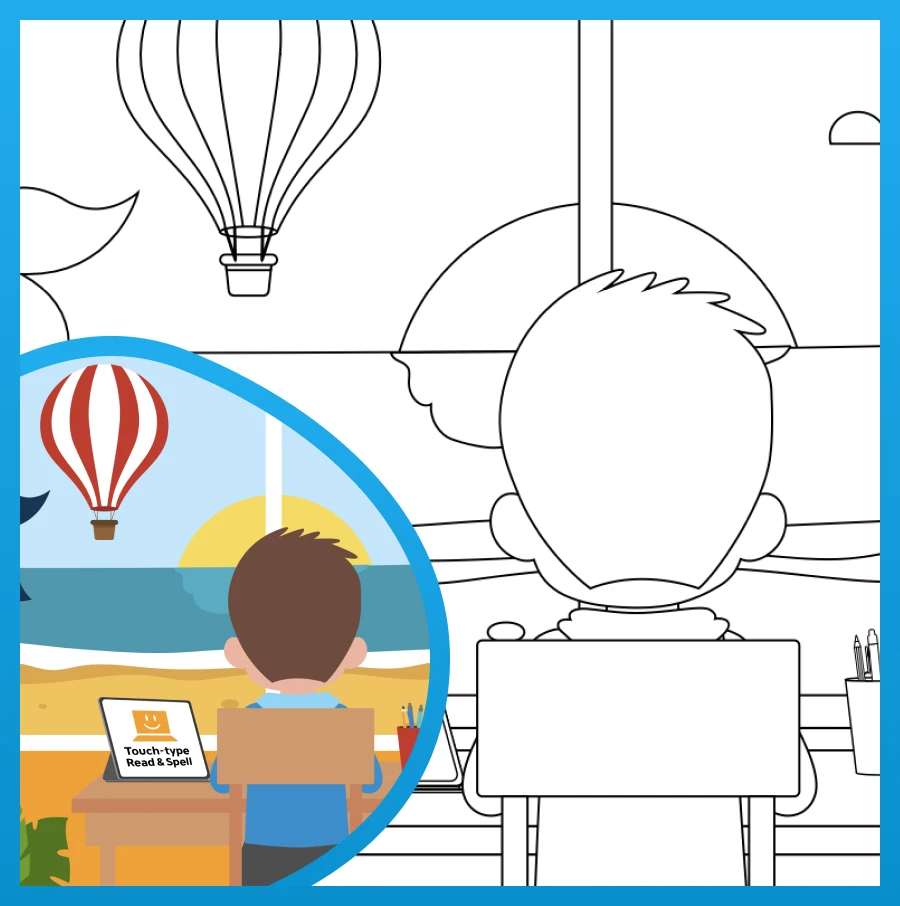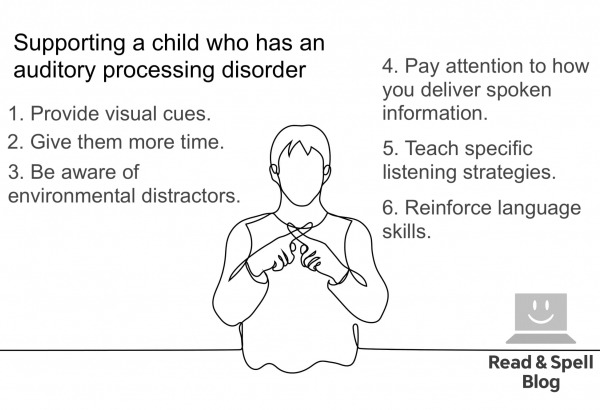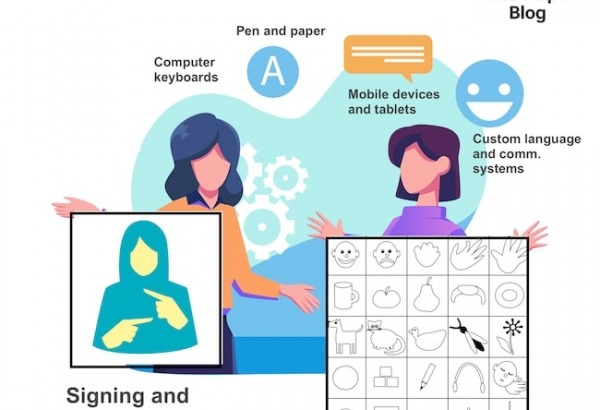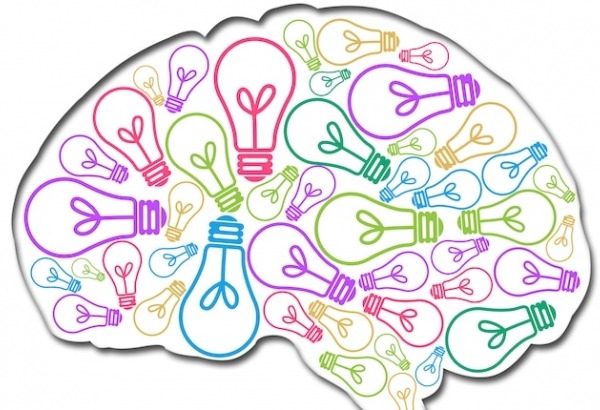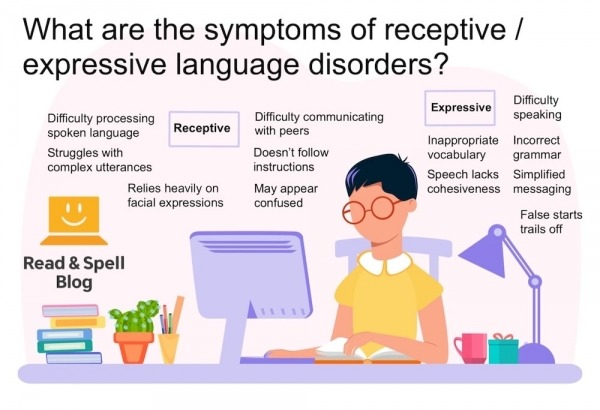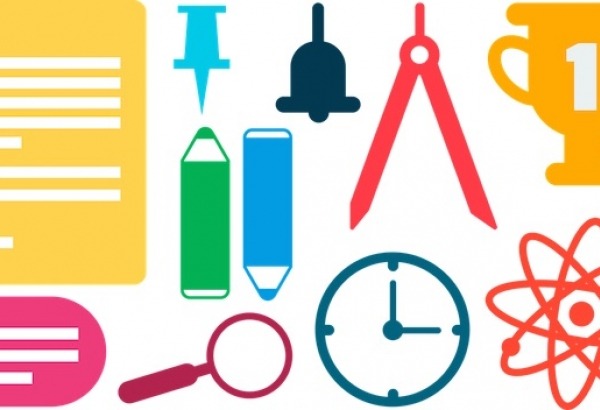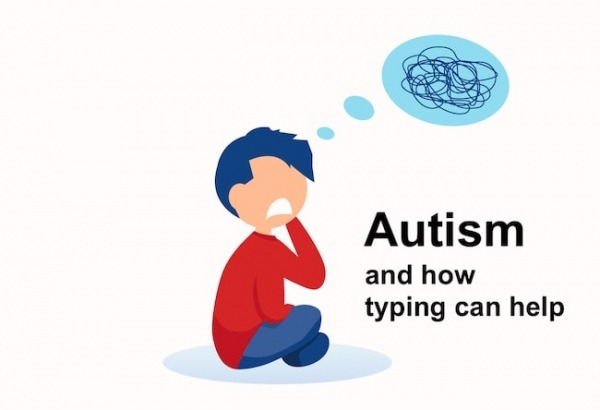Teaching children with Down syndrome to read

In the past, children with Down syndrome were not considered capable of processing language in the same way as everyone else. They often received either no education or limited private tutoring, and were not able to attend regular schools.
Thankfully, things are very different today. We now know that individuals with Down syndrome benefit from a comprehensive approach to education. Many can accomplish great things, learning reading and writing skills from an early age, performing to a high standard in dance or some sports, for example, attending their local schools and sometimes even going on to graduate from college or university!
The right support from teachers and parents is significant in helping these very special children thrive and achieve their potential.
Teaching children with Down syndrome to read begins at the phoneme level. Many are able to learn to read just like any child would, practicing sound letter mapping, blending phonemes, expanding their vocabulary and working up to reading individual words and eventually sentences.
The main difference is that more processing time is needed, as well as plenty of opportunities for repetition and the addition of visual and tactile cues, to compensate for reduced hearing ability.
Providing targeted support begins with understanding your child’s unique capabilities. Down syndrome can often result in hearing and visual impairments. However, with a positive attitude, support from technology and an informed approach to phonics, these challenges can usually be overcome.
Why education is important
Thanks to early detection and advances in medical care, children who are born with Down syndrome can now look forward to long, fulfilling and healthy lives. Providing ample opportunities for education is key, not only to mastering the three Rs. It helps them decide what they want to do when they grow up.
Attending school is also crucial for developing social skills. If they have the opportunity to attend a local school, as many do, students with Down syndrome commonly learn alongside everyone else, receiving extra guidance and support in particular areas of the curriculum.
Though they tend to spend longer in school than their peers, education in its broadest sense opens up a world of possibilities and helps individuals develop into independent and informed adults, capable of studying, working, forming close personal relationships, and participating in their community.
Additionally, children with Down syndrome who learn to read early on develop larger vocabularies and experience massive gains in self-esteem and self-confidence thanks to their language skills. Reading can also be of help to those individuals who experience apraxia, and may be used in conjunction with sign language to overcome the difficulties of inhibited speech production.

Skills required for reading
Teaching a child reading begins with developing pre-literacy skills. Reading to your child, fostering a love of books and practicing narrative skills can be combined with activities designed to develop awareness of individual phonemes and letters.
In the beginning, all children learning to read must decode written language in the same way, by sounding out words one letter at a time. This requires familiarity with the alphabet and ample practice mapping sounds to letters.
But teaching letters and sounds can be complicated for children with Down syndrome, due to language delays. It’s important to note that delays in spoken language are often due to physical, rather than mental challenges. Babies learn the sounds of their first language beginning in the womb.
When hearing loss is present, this can delay acquisition of the sound system and the receptive language skills needed for speech production. For this reason, it is essential to begin with phonics training.
Children who learn to read
Children with Down syndrome have been successful learning to read individual words as early as age 2. Using flashcards is a great way to get started, as visual cues are particularly effective. Learning words that correspond to a child’s favourite things helps enhance motivation. A child may need to overlearn material and flashcards are a support tool that allows for repeat learning.
Computers are another great way to teach reading. A touch-typing program can introduce individual letters and reinforce sound-letter correspondence through audio cues. Learning to type has the added bonus of providing an alternative route for written language production.
This is particularly useful for those students who struggle with dysgraphia, which can get in the way of creative expression.
Typing saves time and reduces frustration while computer programs provide opportunities for repetition and can lead to confidence building success when they are undertaken one step at a time, with the child setting the pace of learning.

Teaching tips
Reading, writing and spelling are difficult skills for any child to master. They require teachers and parents to provide plenty of support and have ample patience. This is even more important when you are teaching individuals with Down syndrome.
-
Repetition is key, particularly for phonics training. Teaching the same sounds and letters over and over again may be tedious for adults but children greatly benefit from overlearning material. Flashcards and computer programs can provide an automated alternative when human teachers get bored with repetition.
-
Choose interesting content with plenty of pictures. Learning to read for the sake of literacy skills is a sound argument for education, but it may be an easier sell to your child if you find flashcards and books on their favourite topics. Look for reading materials with plenty of images and small amounts of text. You don’t want the child to be overwhelmed with print and it’s best if they come away feeling excited and happy about the experience.
-
Learn sight words and vocabulary from the child’s environment. It can greatly help a child who requires more time to process written language when they already know 50-70% of the words on a page. Teaching sight words can help students with Down syndrome focus on the harder terms they come across. It’s also a good idea to learn to read words from the child’s environment as they will already be familiar with the meaning and can focus on learning the word’s letter sequence instead.
-
No achievement is too small. Set achievable goals and adjust challenges to each individual’s capabilities. Learning a letter or new sound over the course of a week may seem like a small achievement, but every step counts and should be rewarded with plenty of praise and positive feedback.
-
Have faith in your child’s abilities. It can sometimes be discouraging when early reading activities continue to be a struggle. But take for example a researcher lead experiment in which children with Down syndrome were taught to read a handful of words. They were required to say them out loud when presented with the written form. While they would sometimes answer incorrectly, their responses tended to be semantically related terms, for example hungry instead of eat or read instead of book. This points to them having successfully decoded the word and shows progress was being made!
Down syndrome and apraxia of speech
Apraxia of speech is neurological condition that makes it difficult for an individual to control the muscles used in speech production. Between 30 -40% of children with Down syndrome have apraxia of speech to some degree.
Though no two cases are exactly alike, babies with apraxia tend not to babble or coo and may be late in producing their first words. Treatment for the condition focuses on helping children coordinate the muscles they need to speak. Multi-sensory input is also crucial, as it helps to encode speech production sequencing with tactile, audio and visual cues. For example, a child may say the “aaaa” sound out loud while seeing the letter ‘a’ appear on screen, hearing the sound and typing the corresponding key on a keyboard.
It’s useful for children with apraxia and Down syndrome to overlearn sound production through repetition of single letters, syllables and words. A touch-typing and literacy program like Touch-type Read and Spell can be of great help in this regard, as it strengthens reading and spelling skills, as well as providing the multi-sensory opportunity needed to practice speaking abilities.
It’s important to use a course that is broken down into individual modules, so children can say a sound over and over again, moving from letter to letter on the keyboard and gradually progressing to chunks and whole words. Every child learns at his or her own pace, and should receive plenty of positive feedback and praise along the way, no matter how small the accomplishment.
Apraxia is a challenging condition for children with Down syndrome and providing a stress-free and fun outlet for practice builds self-esteem and fosters self-efficacy. It’s also a great way for you to help your child learn to read and enhance their fine motor skills through typing. Read more about educating a child with Down syndrome.
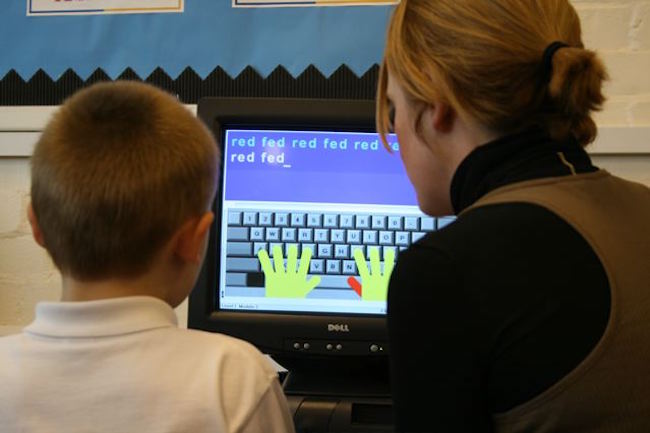
Touch-type Read and Spell
Ken Conie received an award for his success in running a TTRS course for a group of youngsters with Down syndrome, including his own sons. Ken says the course has helped them in many ways, not only with their general spelling and reading but also letter recognition and finger manipulation.
For learners with Down syndrome
TTRS is a program designed to get children and adults with Down syndrome touch-typing, with additional support for reading and spelling.
Chris Freeman

close
Can an Orton-Gillingham approach to literacy help your child?
Take a short quiz to find out!
TTRS has a solution for you
An award-winning, multi-sensory course that teaches typing, reading and spelling

How does TTRS work?
Developed in line with language and education research
Teaches typing using a multi-sensory approach
The course is modular in design and easy to navigate
Includes school and personal interest subjects
Positive feedback and positive reinforcement
Reporting features help you monitor usage and progress




